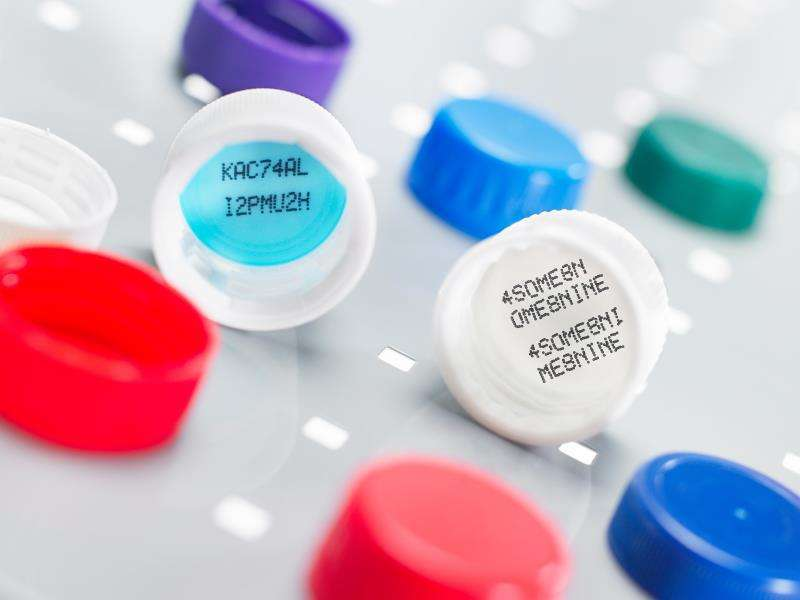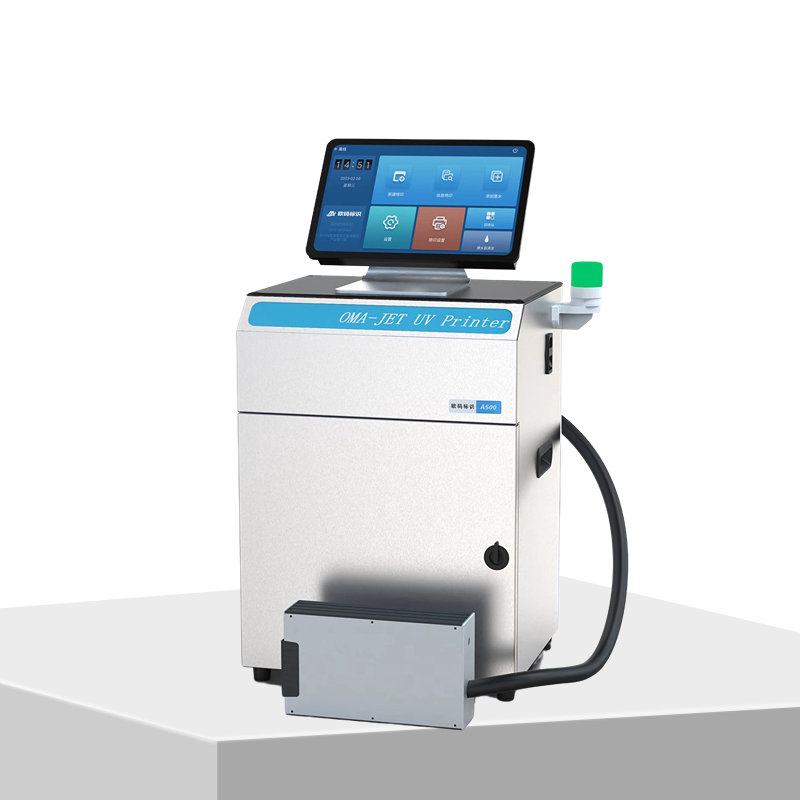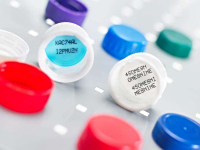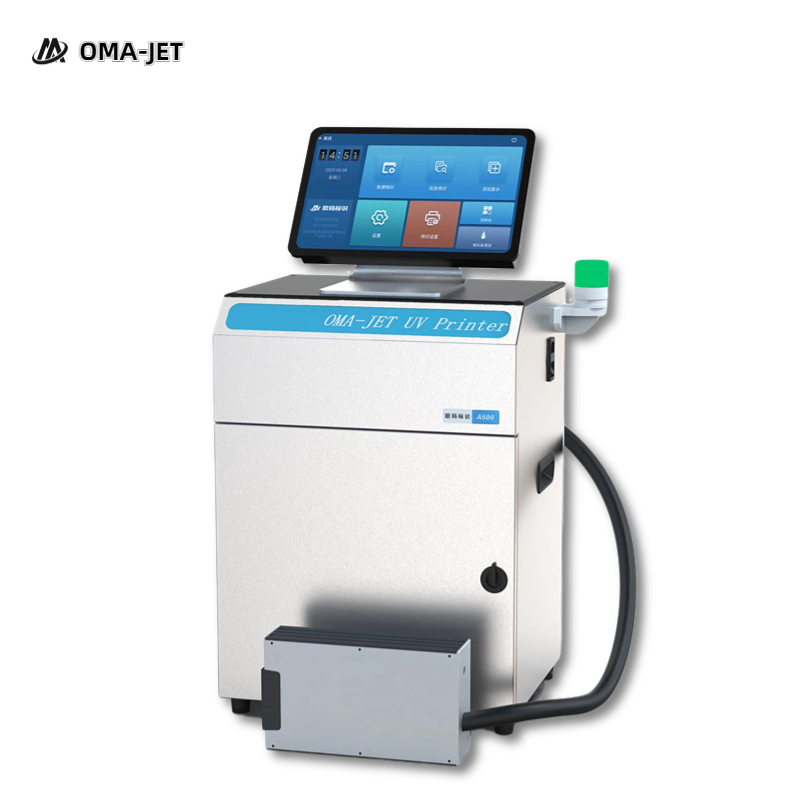

When it comes to coding beverages, there are two major issues to consider with UV inkjet printers
 Food safety is a highly scrutinized concern, especially in the food and beverage industry in China. For example, the two-dimensional code identification on the bottom/cap of beverage bottles serves as a code label on the packaging of food and beverage products, validating the application and innovation of new technology in inkjet printers. These anti-counterfeit QR codes require inkjet printers to achieve. Today, let's talk about some issues with food inkjet printers when assigning codes to beverages!
Food safety is a highly scrutinized concern, especially in the food and beverage industry in China. For example, the two-dimensional code identification on the bottom/cap of beverage bottles serves as a code label on the packaging of food and beverage products, validating the application and innovation of new technology in inkjet printers. These anti-counterfeit QR codes require inkjet printers to achieve. Today, let's talk about some issues with food inkjet printers when assigning codes to beverages!
When using a food UV inkjet printer to code beverage QR codes, it is important to be aware of the following issues:
1.Ink overflow from the recycling machine.
2.The food inkjet printer may produce garbled or misaligned codes when coding beverages.
When these two issues are discovered, it is important to address them promptly, as they can have an impact on the use of our inkjet printer. Fortunately, the solutions are simple:
lThe main reason for ink overflow from the food inkjet printer is low or nonexistent vacuum pressure. Therefore, during use, an external air supply machine can be used to clean the vacuum generator outlet, or the vacuum throttle valve can be adjusted to increase the vacuum pressure.
lDo not use arrow keys instead of the spacebar during editing. If the microcontroller board is disturbed, the issue can be resolved by clearing the screen and re-editing or restarting.
Therefore, when using a food inkjet printer, if the above two issues are discovered, they can be resolved through the solutions provided above.



